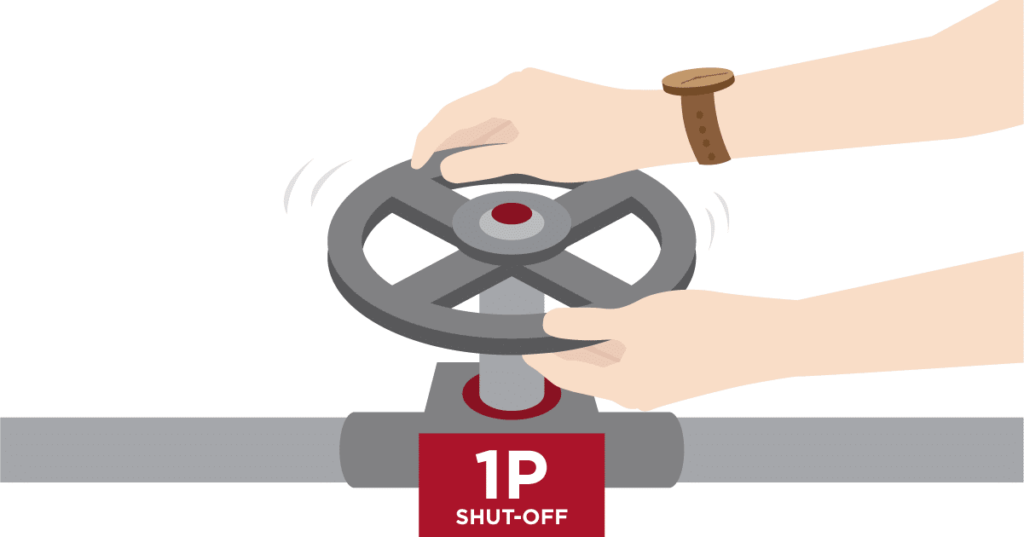
In May 2019, we shared our analysis of a news report by Bloomberg highlighting Amazon’s expected purge of smaller brands from its Vendor Central (1P) program. While the timing of these changes remains to be seen, all brands should understand how they can improve their Amazon channel business now, even if they aren’t forced to make the move from Amazon 1P to 3P.
For brands that have historically sold only through B2B wholesale channels, the prospect of becoming a third-party seller on Amazon may be frightening. Yes, the brand may generate retail margins as the seller of record, rather than the lesser wholesale margins of selling product to Amazon as a 1P vendor. But most brands don’t have the internal expertise or operating procedures to support dealing directly with consumers.
A Move to Amazon 3P Creates New Responsibilities for Your Brand
For brands with direct-to-consumer experience, the Amazon channel introduces the need to understand how Amazon evaluates sellers and product listings. Third-party sellers on Amazon know the challenges of dealing directly with Amazon consumers, including making sure they:
- Minimize order cancellations
- Handle pricing competition that may exist from other sellers of the same products
- Ensure that products are properly described on product detail pages
- Address all customer email inquiries within 24 hours, no matter what day of the year.
These sellers also need to deal with Amazon-specific criteria around being “buy box eligible,” and ensuring their product listings are properly indexed for organic search.
So, if tomorrow Amazon stopped buying your brand through 1P Vendor Central, what would you need to do to ensure that your products remain available on this channel? What could you do now as a precaution to make sure you are closer to being ready to move from Amazon 1P to 3P?
3P Responsibility #1: Buy Box/Channel Governance
Today, if your products are sold by Amazon 1P, Amazon is likely also the primary seller of record of your products, even if there are other 3P offers of your products. Using the “buy box algorithm,” Amazon prioritizes each seller on a number of criteria to identify the seller whose product is added to the consumer’s shopping cart when the consumer clicks on the “add to cart” button on the product detail page. Currently, the algorithm greatly favors Amazon 1P over any 3P sellers’ offers. If Amazon 1P offers disappear, then all of the existing 3P sellers (plus the brand’s own 3P seller account, should it decide to become a 3P seller), would be fighting it out to determine who would win the “buy box”.
Oversimplifying the buy box algorithm, if multiple 3P sellers offer the product through the Fulfillment by Amazon (FBA) program (making the product PRIME eligible), then price will determine who wins the buy box. Typically there is a race to the bottom, as competing sellers undercut one another to win the buy box. This leads to an immediate need for most brands to evaluate whether they want multiple 3P sellers generating price erosion on their products.
With the typical combination of authorized and unauthorized 3P sellers on Amazon, brands quickly discover they don’t know who all of the sellers are. As a result, they have limited ways of communicating with sellers to determine who they ultimately want representing them on Amazon. Many brands have come to rely on a minimum advertised price (MAP) policy to police who sells their products online. Unfortunately, such a policy is typically ineffective against unauthorized sellers.
Our recommendation: Tighten up distribution using an online reseller policy that gives your brand more legal standing to remove unauthorized sellers. This will reduce the potential for price erosion and pricing inconsistencies across sales channels.

3P Responsibility #2: Inventory Management/Forecasting
Being out of stock on Amazon can be devastating to a seller’s ability to show up in Amazon’s organic search results. Hence, a brand considering a 3P sales route will need to develop individual SKU-level details around demand, and hence inventory management. Let’s imagine a brand previously sold Amazon 1,000 units a month of a product. That level of sales may not necessarily continue if the brand were to become a 3P seller on a listing with competing 3P sellers. This is especially true if the sellers were effectively shut out of the buy box by Amazon 1P while Amazon 1P was still holding inventory.
Our recommendation: Make sure you understand how to stock inventory appropriately for consumer demand, as day to day, or week to week consumer demand for products doesn’t necessarily match the timing of previous Amazon 1P wholesale purchases. As a 1P brand, you awaited purchase orders from Amazon. But now as a 3P seller, it is up to you to stay on top of inventory levels, and replenish in advance of potential stockouts. No one will be there to tell you it’s time to stock up to avoid running out of inventory.
We recommend the Forecast.ly tool for 3P inventory forecasting, and JungleScout for marketing sizing.
3P Responsibility #3: Brand Governance/Catalog Cleanup
If Amazon 1P has ever had inventory on your listings, Amazon also has “content authority” on that listing. This means content you submitted in Vendor Central is the authoritative content used on the listing. If Amazon 1P were to discontinue carrying your product, and either closed your Vendor Central account, or removed its contributions on your product listings, content for your listings could be submitted and accepted from any 3P seller.
Our recommendation: Apply for Brand Registry, a free program Amazon offers all brands with registered trademarks to lock down content on their listings. With Brand Registry in place, a brand can regain content authority over its listings once Amazon 1P removes its contributions. Branding is crucial for creating a consistent message across channels, and Brand Registry is a must for all brands wanting to tell their brand story on Amazon.
3P Responsibility #4: Sales Tax Responsibilities
A 3P seller is responsible for remitting sales tax on products sold on Amazon. While Amazon currently has tax arrangements with 20+ states, most 3P sellers doing hundreds of thousands of dollars of sales per year on Amazon will likely sell enough volume in specific states to trigger sales tax responsibility. While the time and cost involved in filing sales tax returns can be a frustrating surprise for any new 3P seller, it is critical to get set up properly so as not to accumulate substantial sales tax liabilities.
Yes, Amazon will collect sales tax for a 3P seller if that seller provides sales tax IDs for individual states. However, the remittance of those taxes remains the seller’s responsibility (outside the 20+ states where Amazon already has a sales tax agreement in place). If you already sell direct to consumer on your own website, we encourage you to evaluate periodically if you are still sales tax compliant. This will help you quickly move to proper sales tax standing as a 3P seller were Amazon to move you out of 1P.

3P Responsibility #5: Advertising on Amazon
While a 1P vendor may have some experience advertising on Amazon, the advertising options for 3P sellers are different and more limited. However, compared to other issues discussed here, managing Amazon 3P advertising campaigns will not feel too different from managing 1P campaigns.
Get Ready for 3P If Need Be
Even if you are comfortably set up as a vendor selling your brand to Amazon 1P, we encourage you—and every brand—at a minimum, to:
- Understand consumer demand for your SKUs,
- Be ready to lock down branding content through membership to the Brand Registry program
- Evaluate how to avoid a lack of channel governance or problems with price erosion, and
- Know what to do on sales tax should you need to move quickly to a direct-to-consumer 3P model.
If you’re considering a move from Amazon 1P to 3P, whether it’s your decision or Amazon’s, the guidelines in this article will help you be as ready as possible. And if you need help getting ready for—and taking—that big step, give us a call.

If you’re one of the estimated 20%–40% of brands who fire their agency annually, you can’t focus on that vision if you have to keep searching for the right support. BBE proudly retained >95% of our clients last year while applying focused dedication to our brand partners. If you’re ready to start over for the last time, contact us and find out why leading brands have partnered with us for so long.

